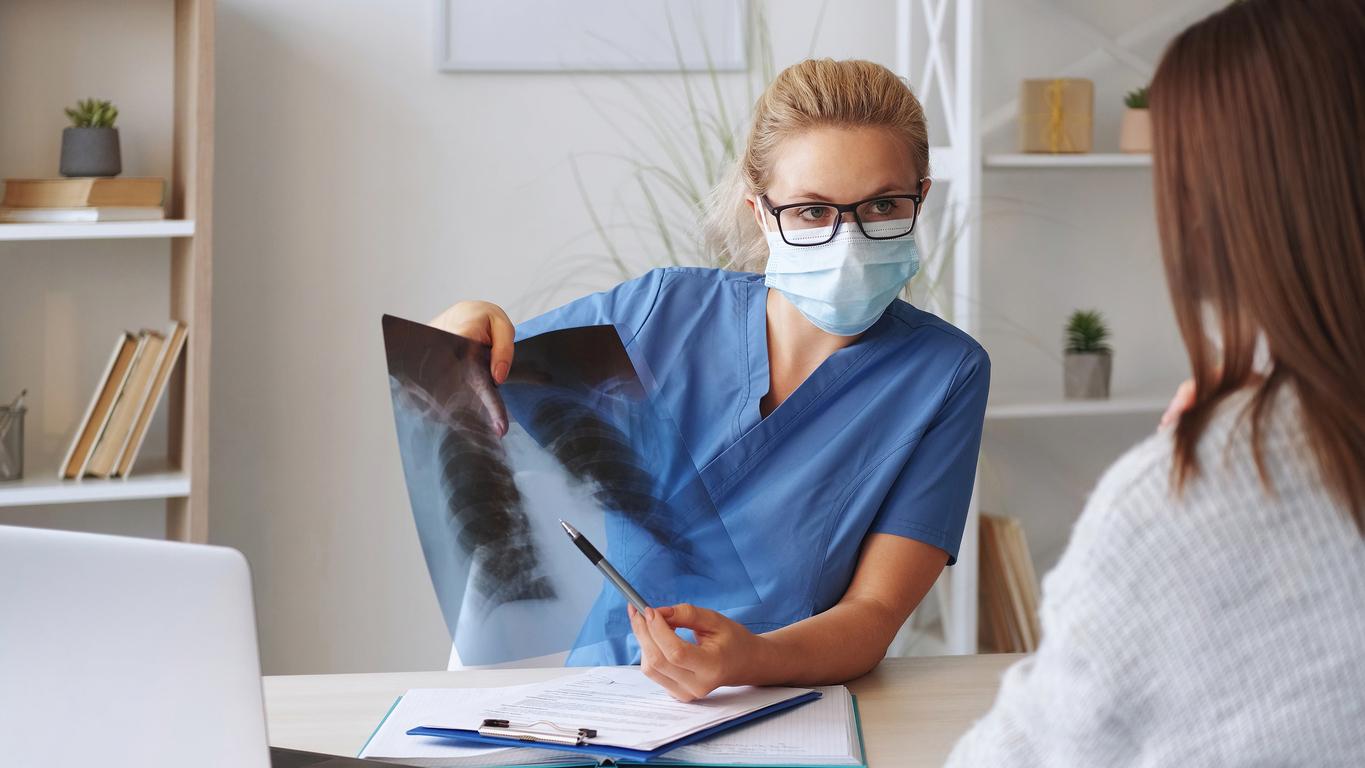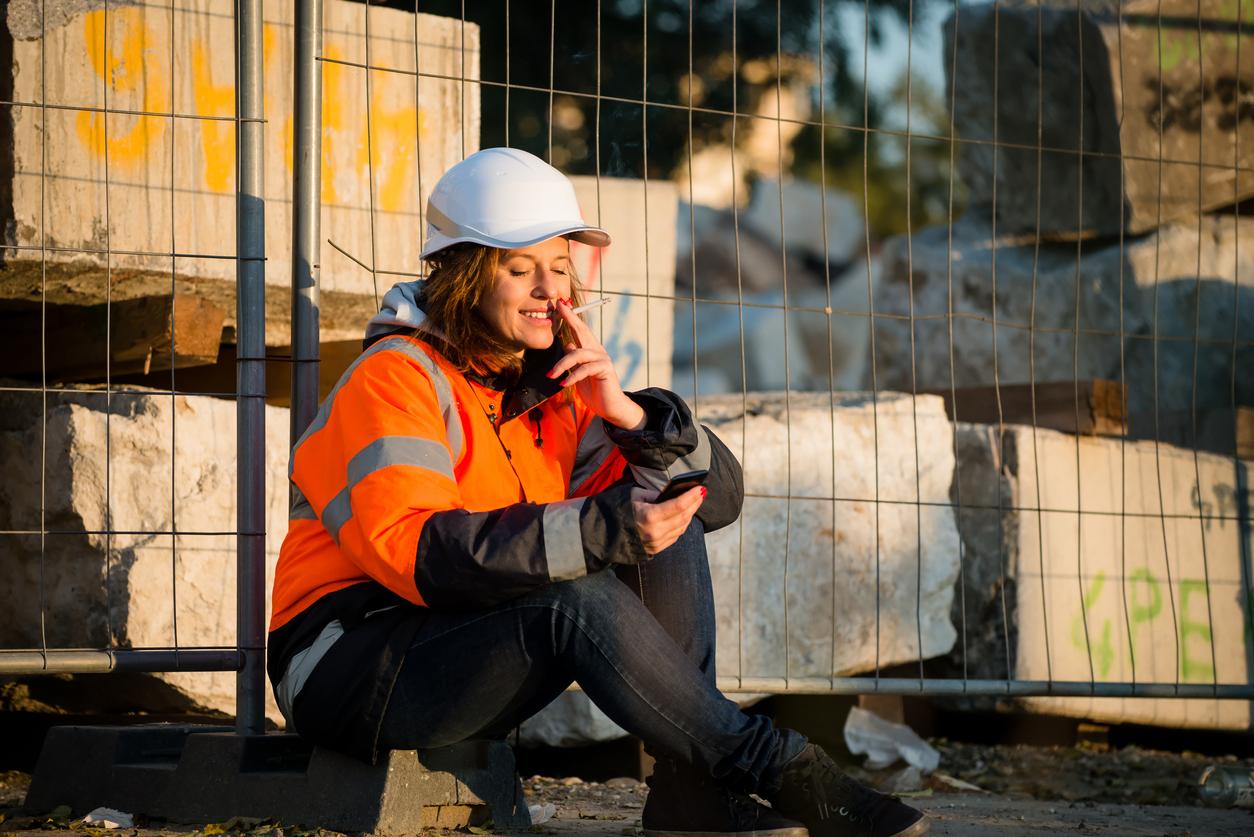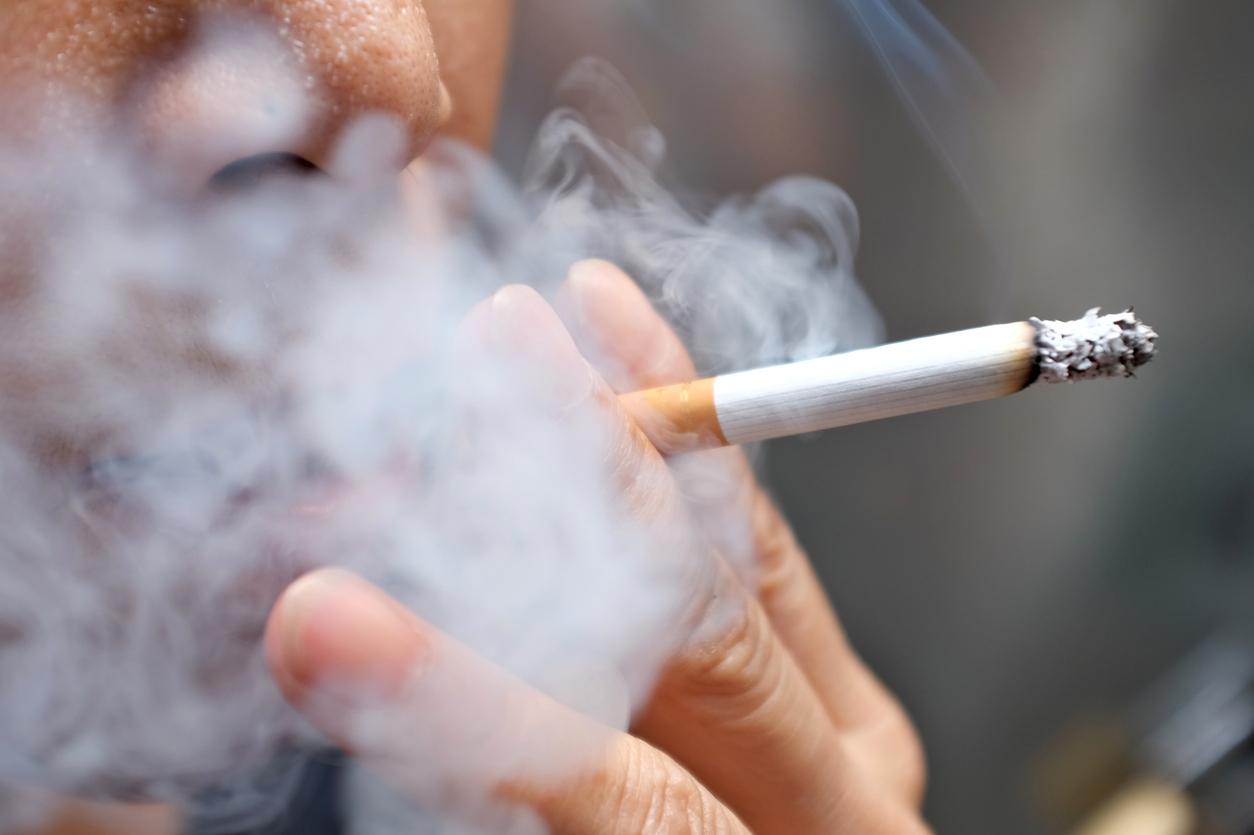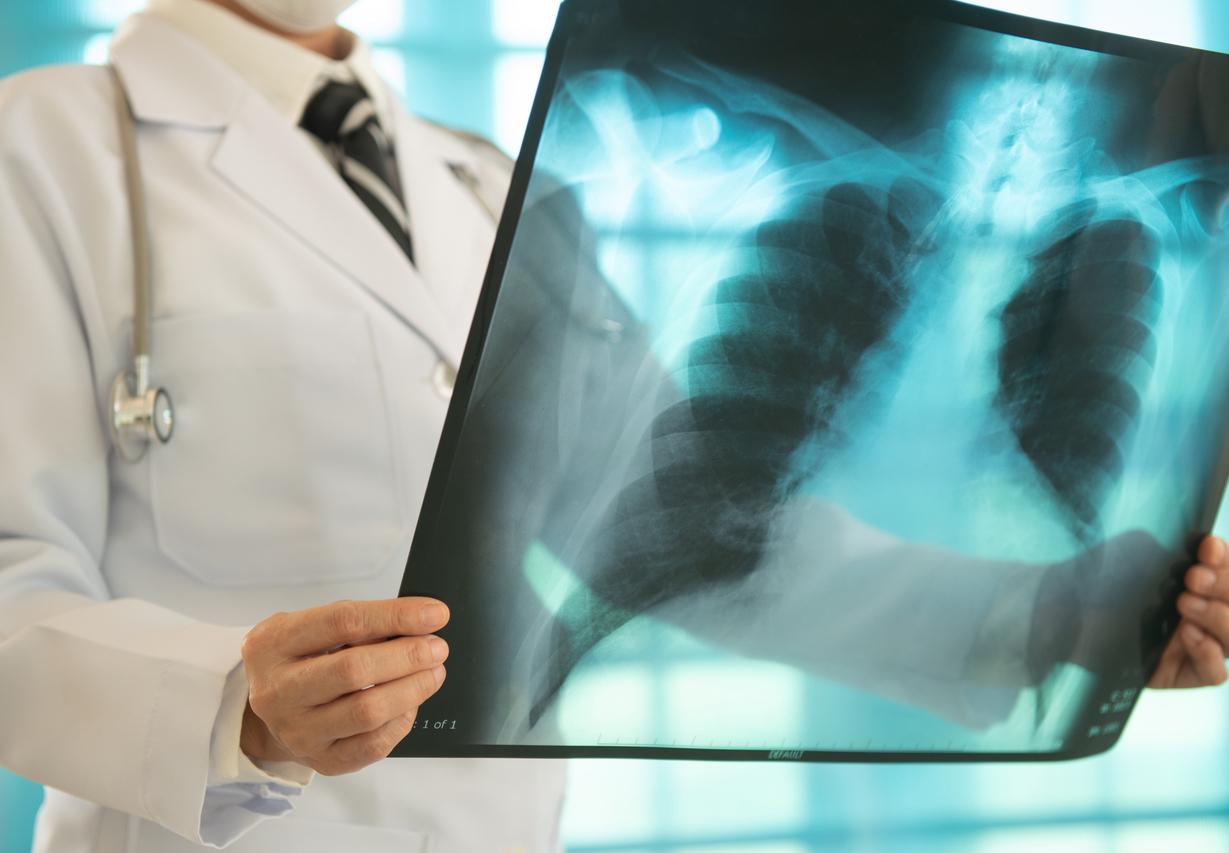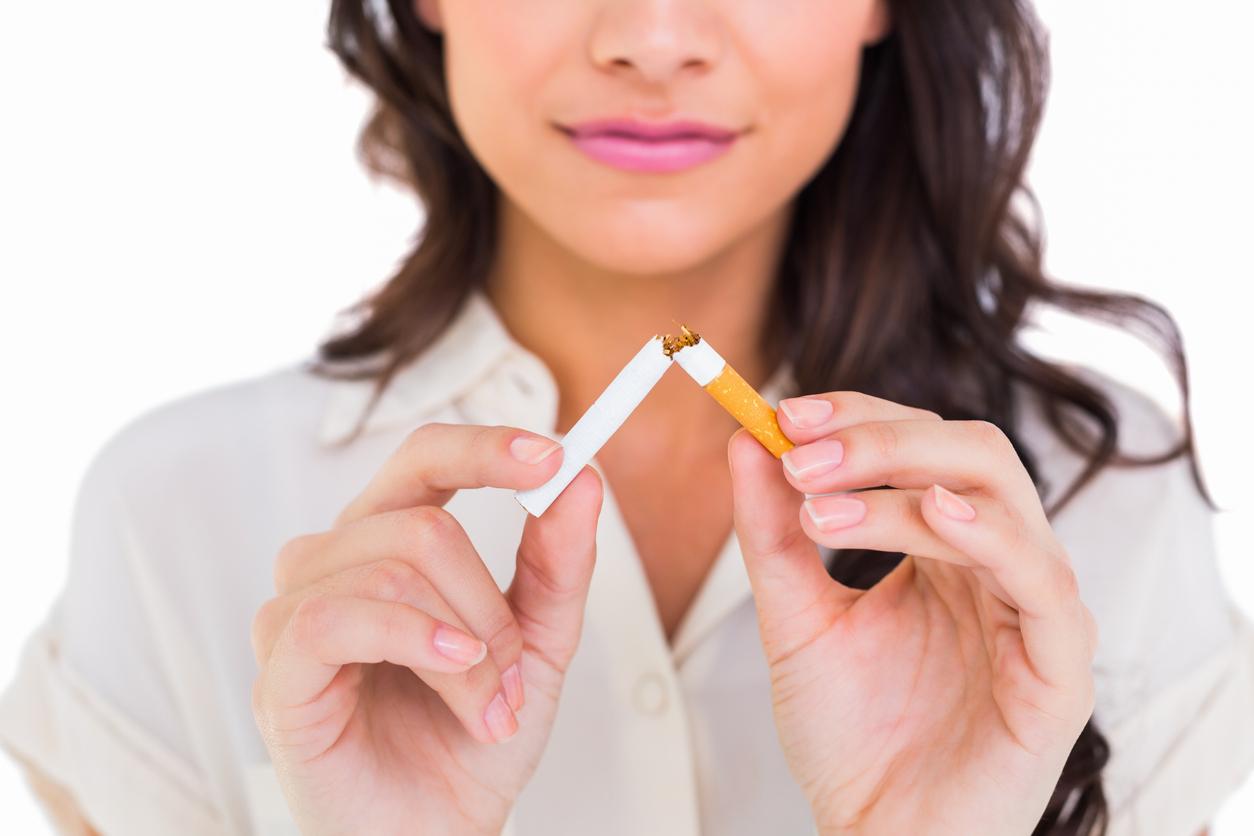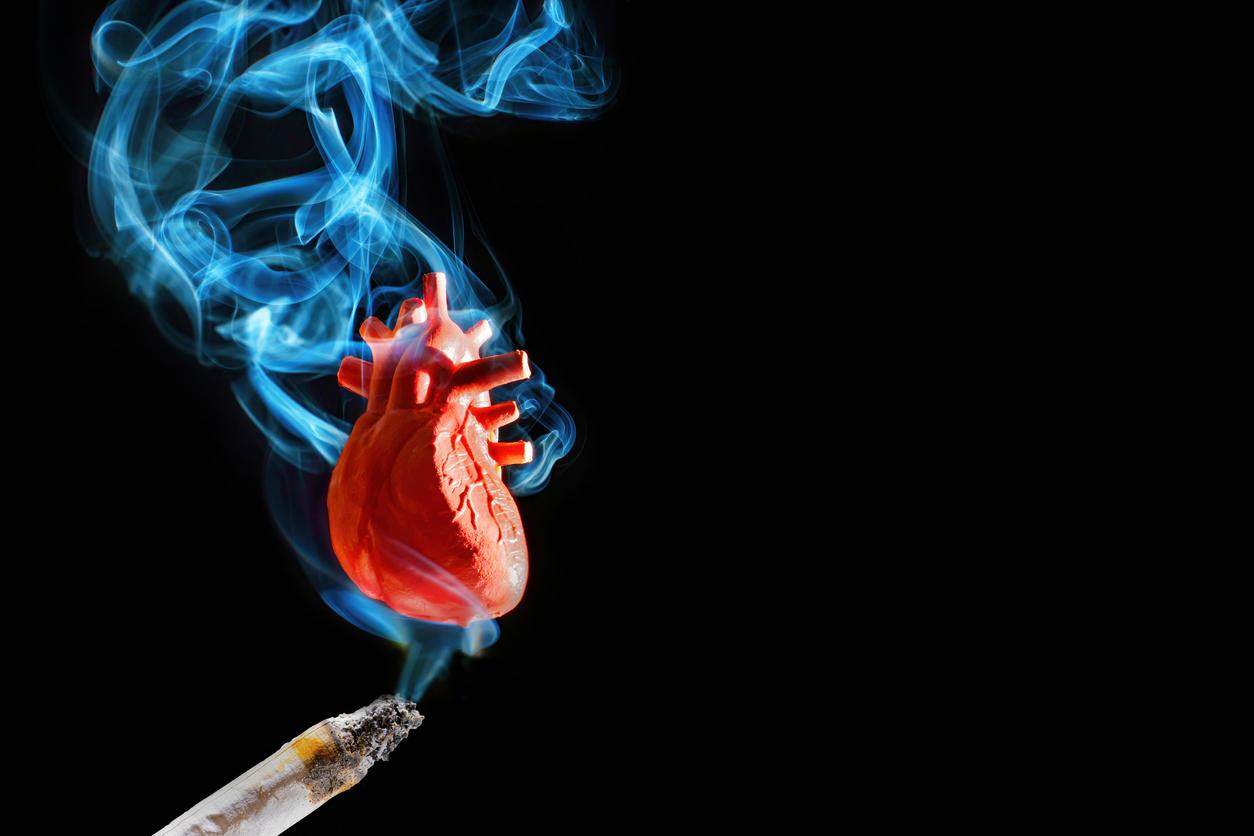
Is it really harmful?
Passive or second-hand smoke still occurs. Because although it is banned in public places and in the workplace, at home and at parties it is regularly ‘lit up’. What exactly is secondhand smoke and how harmful are the consequences for non-smokers?
Four in five people are seriously bothered by second-hand smoke. They complain about:
-
irritation to eyes, nose and throat
- nausea
- headache
more empowered
More and more smokers realize this and first ask whether they are allowed to smoke. In addition, non-smokers have become much more vocal. If you smoke unsolicited in a room, you can therefore expect to be asked to put out your cigarette immediately.
Passive smoker
Secondhand smoke means that you inadvertently inhale tobacco smoke. About 85 percent of the smoke from a cigarette ends up directly in the environment. This is also known as ‘sidestream’. In addition, 15 percent of the smoke ends up in the environment via the smoker’s lungs. This is called the ‘main stream’.
The side stream contains much higher concentrations of carcinogenic and toxic substances than the main stream. That’s because the smoke from the mainstream has first been filtered through the smoker’s lungs.
Harmful effects
As a second-hand smoker, you inhale both the smoke from the side and main stream. Studies have shown that this has harmful effects on health. This puts you at risk of developing the following conditions:
-
lung cancer
- cardiovascular diseases
- asthma attacks
- bronchitis
About 200 people die every year from second-hand smoke.
Consequences for children
Secondhand smoke also has harmful effects on children:
- middle ear infections
- respiratory diseases
- greater risk of SIDS
If you are pregnant, you are advised not to smoke. An unborn child smokes indirectly with you. This can lead to a premature birth or spontaneous abortion of the fetus.
Government
The Dutch government has now taken the necessary measures to combat smoking, such as:
- Anti-smoking campaigns.
- A ban on tobacco advertising on radio and television.
- A smoking ban in public buildings (1990).
- A smoking ban in the workplace (2004).
- From October 10, 2014 there will be a smoking ban in the entire catering industry.







